What is stem cell therapy?
As a form of regenerative medicine, stem cell therapy reduces inflammation and modulates the immune system in order to repair damaged cells in the body. As a result, stem cell therapy can be an effective treatment for a variety of medical conditions.
How is stem cell therapy utilized?
Studies have shown that stem cells can be used to treat orthopaedic, inflammatory, autoimmune, and neurological conditions, including Crohn’s Disease, Multiple Sclerosis, Lupus, COPD, Parkinson’s Disease, and Stroke recovery.
In spite of the fact that stem cell therapy is not guaranteed to cure these conditions, the aim is to allow the body to heal itself sufficiently to alleviate the symptoms for an extended period of time. As well as delaying disease progression, this effect can substantially improve patient quality of life.
How are stem cells administered?
It is possible to administer stem cells in a variety of ways; IV Stem Cell Therapies, Intrathecal Stem Cell Therapy, and Site Injections into problematic areas (knees, hips, hands, etc.). Every method has its own benefits as well as risks, so it is essential to consider all options thoroughly before making a final choice.
What are stem cells?
Stem cells are the raw material of the body. A stem cell is a type of human cell that can be differentiated into a variety of different types of cells. It is from stem cells that all other cells with specialized functions are derived.
Adult mesenchymal stem cells have self-renewal, immunomodulatory, anti-inflammatory, signaling, and differentiation properties. Self-renewal capacity of mesenchymal stem cells (MSCs) is characterized by their ability to divide and differentiate into multiple types of specialized cells.
Where do mesenchymal stem cells come from?
Many different sources can be used to obtain mesenchymal stem cells. Among them are adipose tissue (fat), umbilical cord tissue (cord blood), and bone marrow (bone marrow).
In the human body, stem cells can become many different types of cells. Differentiation occurs when stem cells mature into new types of cells. A crucial aspect of stem cell therapies is the transformation of the cells into the type of cells that the body requires to heal.
As well as self-replicating, stem cells can multiply into identical copies of themselves. Stem cells could, for example, be used to treat a neurological injury, resulting in nerve cells being created and then multiplying exponentially. Over time, stem cell treatments become more effective due to their ability to duplicate.
How does stem cell therapy work?
To influence positive change within the body, mesenchymal stem cells utilize their self-renewal, immunomodulatory, anti-inflammatory, signaling, and differentiation properties. Mesenchymal stem cells (MSCs) can also divide and differentiate into a variety of specialized cells in a particular tissue or organ. MSCs can migrate to damaged tissue sites and seed there, where they can differentiate into functional cells to replace damaged or diseased cells.
Recent years have seen a dramatic increase in clinical trials utilizing Mesenchymal Stem Cells, which are being researched for therapeutic use as a potential treatment for a wide range of diseases.
There is an intrinsic property of stem cells that makes them attracted to inflammation in the body. Several studies have demonstrated that stem cells can regenerate damaged or diseased tissue, reduce inflammation, and modulate the immune system to improve health and quality of life. This is accomplished through paracrine effects (cell signaling to change the behavior of existing cells) or direct cell-to-cell contact by mesenchymal stem cells.
Is it true that stem cells age like us?
In the course of aging, our stem cell numbers and effectiveness decrease exponentially. The stem cells taken from an umbilical cord are of a much higher quality than those from a person in their twenties.
Will the body reject stem cells?
Embryonic stem cells derived from cord tissue do not cause rejection in the body. Since they have yet to be “claimed,” these cells are youthful, immune-privileged, and undifferentiated.
Furthermore, they do not require a donor match since they do not contain blood products. Upon finding inflammation in the body, these cells begin to heal the damaged tissue. A wide range of clinics around the world have used mesenchymal cord tissue-derived stem cells without any instances of rejection (graft vs. host disease).
Do I qualify for stem cell therapy?
For more information and whether you are eligible for stem cell therapy, get in touch with us today so we can learn more about your case and provide you with the guidance you need to understand stem cells’ potential benefits.


